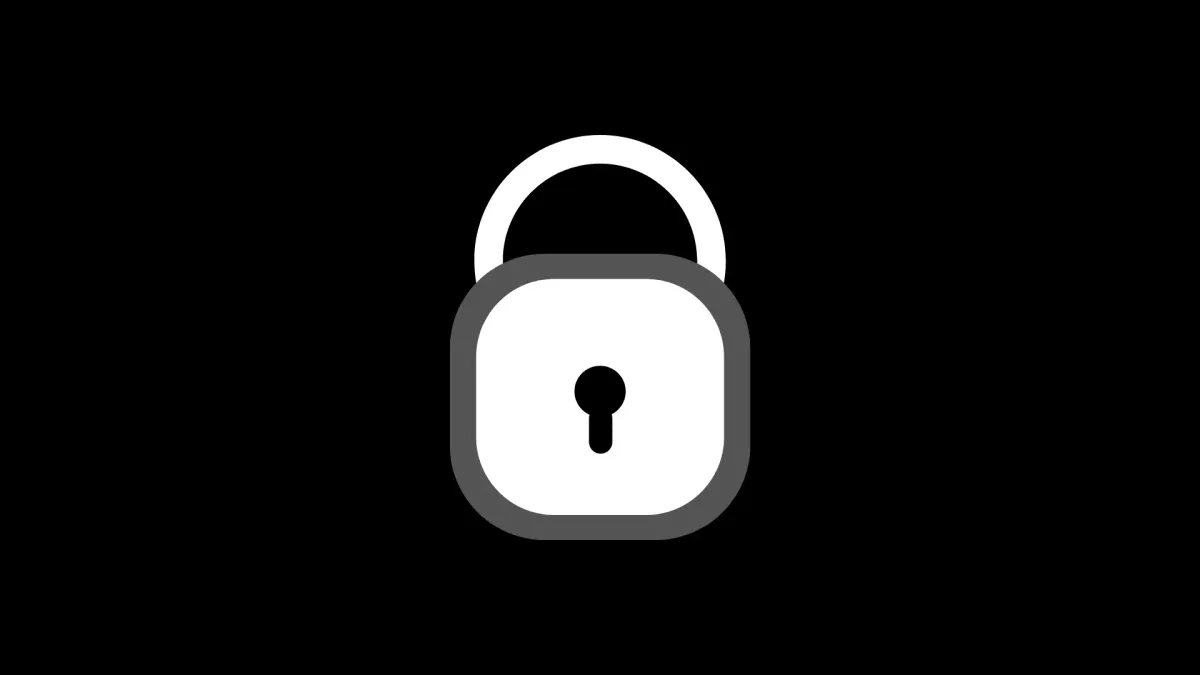The Truth About Secure Messaging Apps: Are They Private?
Welcome to the digital age, where our conversations are as private as a reality TV show and secure messaging apps are the curtains we hope no one can peek through. But just how thick are these curtains? Let’s pull them back and see what’s really going on.

Table of Contents
Remember when messages were simple things sent through SMS, and the biggest privacy concern was someone reading over your shoulder? Those days are gone. Now, secure messaging apps are all the rage—tools that promise to keep our secrets safe from prying eyes.
But as these apps multiply like rabbits, one has to wonder—are they really as secure as they claim?
In an era where sharing is just a click away, privacy might seem like an old-fashioned concern. Yet, it’s the cornerstone of our digital freedom. Without it, we might as well be broadcasting our lives on billboards.
Privacy matters because, without it, there’s no such thing as a personal life—only a public exhibition.
How Secure Messaging Apps Work
End-to-End Encryption Explained
End-to-end encryption is the poster child of secure messaging—it promises that only you and your chat partner can read your messages. It works by scrambling your messages into unreadable code during transmission, and only the intended recipient has the “key” to decode it.
Sounds airtight, right? Not exactly. Encryption is great until someone steals the keys, bypasses the system, or when metadata (more on that later) exposes everything but the actual words you’ve sent.
Common Security Features
Besides encryption, secure messaging apps love to flaunt features like disappearing messages, two-factor authentication, and secure file transfers.
- Disappearing messages? Cool, until someone screenshots them.
- Two-factor authentication? Great, unless you reuse passwords.
- And secure file transfers? Only as safe as the person on the other end.
These features add a layer of protection but aren’t bulletproof—more like a seatbelt for a bumpy ride. Useful, but don’t count on it to save you from every crash.
Behind the Scenes of "Secure" Messaging
Metadata: The Unseen Data Trail
Think your encrypted messages are completely private? Think again. While encryption protects the content of your chats, metadata—like who you’re talking to, when, and for how long—is still up for grabs.
It’s like sending a letter in a sealed envelope but writing the recipient, sender, and time of delivery on the outside.
Metadata might not reveal your exact words, but it paints a pretty detailed picture of your habits and interactions.
And guess what? That data can be just as valuable as your actual messages, especially to advertisers, governments, or anyone with a vested interest in your digital life.
Server Storage and Access Policies
Your encrypted messages don’t just float magically from sender to receiver—they take a pit stop on a server. These servers store your messages (albeit temporarily), and their security depends on the service provider.
Some companies keep things locked tight, while others might hand over access if law enforcement or governments come knocking.
And let’s not forget the ever-present threat of hackers. So, while your chats may be safe from nosy neighbors, they might not be so secure from a subpoena, a clever cybercriminal, or a server admin who’s having a bad day.
Common Vulnerabilities in Messaging Apps
Backdoors and Government Requests
End-to-end encryption sounds invincible until you remember that governments often have a way of knocking on the backdoor—and companies sometimes open it.
Some apps comply with legal requests to share user data, and while they may not reveal the content of your messages, metadata and server-stored information can be fair game.
It’s like having a state-of-the-art lock on your door but being told you have to give a spare key to the authorities… just in case.
Third-Party App Integrations
Love those GIF keyboards, sticker packs, or voice-to-text tools? So do potential attackers. Every third-party integration you use is another possible weak link in the chain.
These add-ons can collect data, introduce vulnerabilities, or bypass the app's encryption entirely.
It’s the digital equivalent of inviting a friendly stranger into your home, only to realize later they’ve left the back door wide open.
Human Errors and Device Insecurity
Even the most secure app can’t protect you from yourself. From weak passwords to accidentally leaving your phone unlocked, human error is a hacker’s best friend.
Lost your phone? Your “secure” chats are now an open book.
Used the same password everywhere? Congratulations, you’ve made a hacker’s day. In the world of secure messaging, your device is often the weakest link, and no amount of encryption can fix that.
Popular Messaging Apps Reviewed
- WhatsApp: Owned by Meta (yes, Facebook), WhatsApp loves to shout about its end-to-end encryption. And sure, your messages are encrypted, but your metadata? Oh, that’s up for grabs. WhatsApp knows who you’re talking to, when, and how often, and let’s not forget the cozy relationship with Meta’s ad ecosystem. Think of it as a diary with a lock that’s left on a park bench.
- Signal: is the darling of privacy enthusiasts, and for good reason. It collects almost no metadata, is open-source, and has strong encryption. If privacy were a competition, Signal would be running laps around the others. The only catch? It’s not as feature-rich or widely used as its competitors, making it the choice for the privacy-conscious, not the convenience-seeking.
- Telegram: Ah, Telegram. It’s flashy, feature-packed, and wildly popular, but its privacy game isn’t as strong as it seems. By default, chats aren’t end-to-end encrypted (you have to enable Secret Chats for that), and its server storage policies raise eyebrows. Telegram is like a nightclub—fun, popular, but maybe not the safest place to share your secrets.
- iMessage: If you’re in the Apple ecosystem, iMessage is like that fancy walled garden you never want to leave. End-to-end encryption works seamlessly between Apple devices, but step outside that bubble—say, texting someone on Android—and you’re back in plaintext territory. Great for Apple die-hards, not so much for cross-platform users.
The Misleading Promise of Privacy
Marketing vs. Reality
Secure messaging apps love to market themselves as your digital bodyguards, promising invincible protection. “End-to-end encryption,” “disappearing messages,” “zero-knowledge policies”—it all sounds impressive, doesn’t it?
But the reality often doesn’t match the hype. These features protect against casual snooping, sure, but they won’t stop determined attackers, legal subpoenas, or data-hungry companies.
The gap between what’s promised and what’s delivered is often as wide as the Grand Canyon.
What Companies Don’t Tell You
Here’s a fun fact: many apps conveniently leave out details about what data they actually collect. Sure, they don’t read your messages (probably), but they might be analyzing your metadata, tracking your habits, or storing your data longer than necessary.
And let’s not forget government requests for data—most companies don’t advertise just how often they comply. Your “private” chats might not be so private after all.
Tips for Truly Private Conversations
Choosing the Right App
When privacy is your top concern, not all messaging apps are created equal.
Apps like WhatsApp, while convenient, come with trade-offs like metadata tracking, and Telegram isn’t fully encrypted by default.
Always pick an app that prioritizes privacy over fancy features, and don’t forget to read its privacy policy—yes, it’s boring, but ignorance isn’t bliss when it comes to your data.
Best Practices for Securing Your Communication
Even the most secure app can’t fix careless behavior. Use strong, unique passwords and enable two-factor authentication for added protection.
Avoid backing up sensitive chats to the cloud, as backups are rarely encrypted.
Be cautious with what you share—sometimes, the safest message is the one you don’t send. And remember, no app can guarantee 100% security, so treat your online conversations like public ones: always assume someone might be listening.
Conclusion
Secure messaging apps are like fortified castles—they do a great job of keeping most threats out, but no castle is impenetrable. Features like end-to-end encryption and disappearing messages add valuable layers of protection, but they’re not invincible. Metadata, third-party integrations, and user habits still pose significant risks.
While these apps are far more secure than traditional communication methods, “secure” is a relative term—it depends on what you’re protecting and who you’re protecting it from.
The battle for privacy is far from over. As surveillance technologies evolve, so too must the tools we use to stay private. The future likely holds more decentralized platforms, stronger encryption protocols, and perhaps even messaging systems that eliminate metadata altogether.
Until then, secure messaging apps are the best we’ve got—but they’re just one piece of the privacy puzzle. Stay informed, stay cautious, and remember: true privacy starts with how you use the tools available, not just the tools themselves.
FAQs
Can governments access my messages on secure apps?
Governments cannot directly access encrypted messages, but they can request metadata or server-stored data from app providers.
Are disappearing messages truly secure?
Disappearing messages add a layer of privacy, but they can be screenshotted, forwarded, or recovered from device backups.
What is metadata, and why does it matter?
Metadata includes data about your messages, such as timestamps, recipient details, and device information, which can reveal your communication patterns.
Does using a secure messaging app make me immune to hacking?
No, secure apps protect messages but not the device. Hackers can exploit device vulnerabilities or phishing attacks to access your conversations.
Can messaging apps read my conversations?
Apps with end-to-end encryption, like Signal or WhatsApp, cannot read your messages, but apps without this feature (or with weak encryption) might.
What should I do to make my chats more secure?
Use apps with end-to-end encryption, enable two-factor authentication, avoid cloud backups, and use strong passwords.
What’s the future of secure messaging?
The future likely involves decentralized platforms, advanced encryption methods, and reduced metadata collection for even greater privacy.

